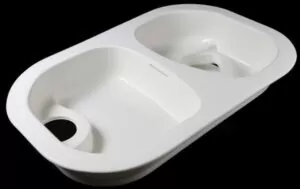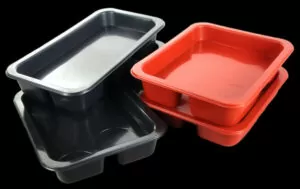In the precise world of vacuum forming, even a tiny flaw can ruin something entirely. One issue that keeps popping up is webbing – those irritating string-like things that stretch out across the pieces as they are shaped. They look awful, weaken what you have made and mean more expense when rejects pile up on your desk.
No matter if you’re a beginner or a pro at vacuum forming, this blog will teach you how to identify webbing’s causes and how to avoid it. By following these insights, your production process could become more efficient resulting in better products.
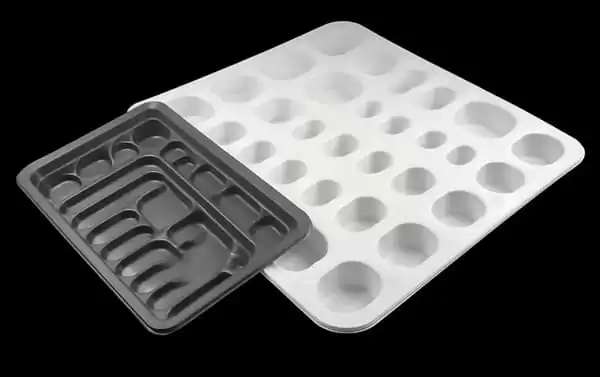
Thermoforming
To understand how to prevent webbing, it’s important first to understand the basics of this thermoforming process. Vacuum forming involves heating a thermoplastic plastic sheet until it becomes malleable and then using suction to fit it precisely around a mold. The result is a customized 3D plastic part.
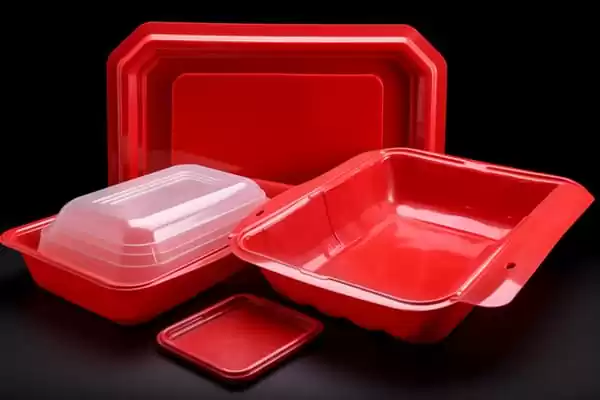
Vacuum Forming Process
There are different variations and complexities within the vacuum forming process, but all share variations of the following steps:
1. Heating the Plastic
The process starts with a flat thermoplastic sheet being clamped in the frame, which then moves into a heating chamber. Heated sheet until it reaches its forming temperature.
2. Molding
Once the plastic is heated, the frame moves the sheet down, so it forms in the mold below it to create the desired shape. A vacuum pulls the air out of the mold, pressing the plastic sheet to all the contours and voids in the tool.
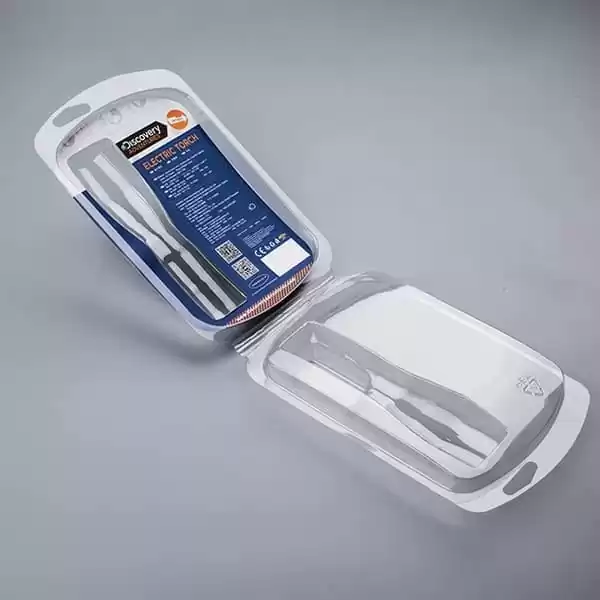
3. Cooling
A cooling system (usually water-based) cools the plastic rapidly, which sets its final shape.
4. Ejection
Finally, the vacuum is released, and the formed part is ejected from the mold.
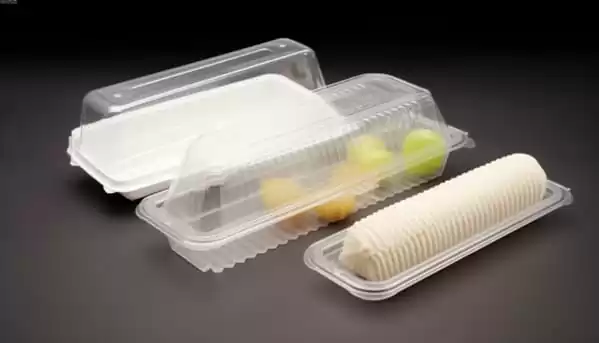
Common Webbing Causes
Webbing can happen in any phase of vacuum molding, but it is usually caused by just a handful of factors. There are a few key reasons:
Temperature Fluctuations: If the plastic gets too hot or isn’t heated evenly throughout, it can plastic stretches out and thin excessively during forming.
Overstretching: Too much pressure (or poorly designed molds) will cause the material to stretch where it shouldn’t.
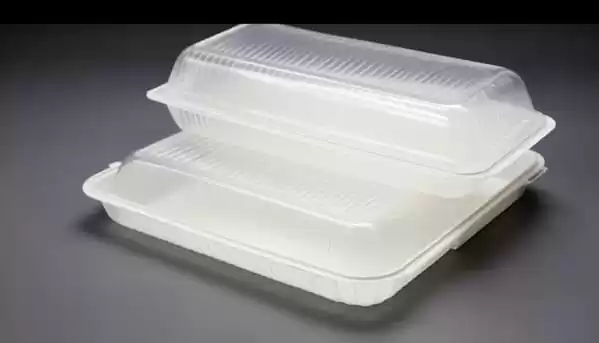
Resin Properties: The properties of the thermoplastic material used can influence its webbing tendencies. Some materials are naturally more prone to webbing due to their molecular structure.
Forming Durations: Keeping the plastic in the forming position for too long can also lead to webbing.
Mold Design: Sharp edges aren’t recommended because anything sharp means air gets trapped there when things are made so should be avoided while creating molds; same for steep angles having large differences between thicknesses across different sections along same part (due airflow).
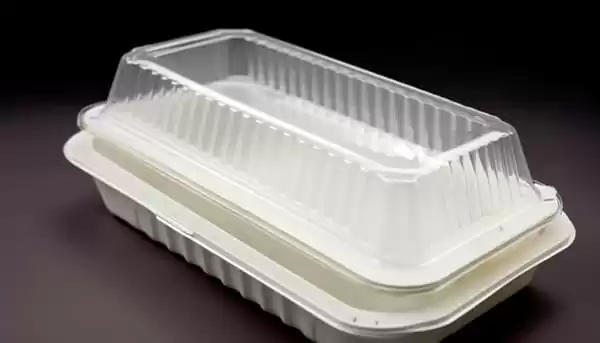
Proactive Measures to Prevent Webbing
To avoid webbing in your vacuum forming processes, take note of what causes it. Armed with that knowledge, you can use these methods to minimize the problem.
Consistent Heating
Consistency in the heating process is essential for minimizing webbing. Modern thermoforming machines come with accurate heat controls, but even if you use one of these, it’s still worth keeping an eye on things and checking that heat distribution across the plastic sheet is uniform – hotspots or other issues might need dealing with. One way to spread heat more evenly is by rotating your plastic while it heats up; another option would be using elements set at varying temperatures simultaneously.
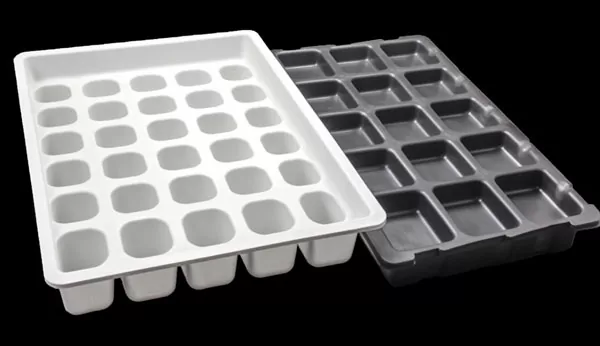
Mold Design Optimization
To ensure your mold operates flawlessly and has structural integrity, its design is very important. Try to lessen sharp corners and thin edges: these make it more likely that webbing will happen. Take care over minimal draft angles and surface finishes are done – smoothness matters because it helps plastic flow consistently across them all. If there are sections where this occurs often, adding extra thickness could prevent it from happening at all!

Material Selection
When it comes to webbing, the material you choose makes a difference. Some materials are designed to be anti-webbing with longer molecular chains that add strength. Examine the data sheets for different materials to understand their webbing properties.
Vacuum Force Control
To achieve the desired result when forming a material, program the vacuum system with just enough suction to suit both the shape of the mold and what it’s made of. Pick a programmable machine that lets you get this just right by regulating how hard it pulls things in.

Forming Timing
In order to achieve the desired shape and thickness for each job, it is important to form plastic for an appropriate amount of time. If forming takes too long, the material becomes weaker and can sag. By using trial runs and making changes until you get things right, you will soon discover how long forming should take on average – but remember that this may vary depending upon what specifically needs doing!
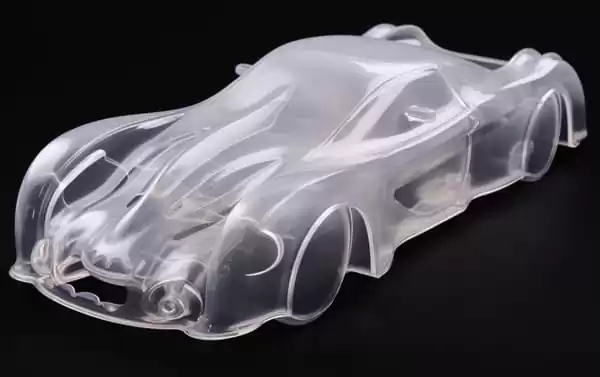
Troubleshooting Common Webbing Issues
Even with preventive measures, webbing may still occur. Here are some common troubleshooting techniques to address webbing problems when they arise.
1. Identifying the Cause
To address webbing issues, the starting point is to identify what is causing them. By carefully examining each stage of production – right from heating through to ejection – it’s possible to pinpoint where things are going wrong.
2. Adjusting Heating Profiles
If you want to avoid uneven temperatures – some spots too hot, others cold – you could tweak the heating profile. One option might be gradually raising or lowering temperature settings. Alternatively, run pre- and post-heating cycles. Using IR sensors during warm-up may also help.

3. Mold Modifications
Consider modifying the mold to address any consistent webbing issues in particular spots. For example, try rounding sharp edges, altering angles or increasing affected areas to distribute plastic more evenly across them.
4. Material Switching
In certain cases, choosing an alternative material may offer the optimal solution, better aligned with the specific requirements of your forming process. To determine which performs best in combination with your mold and process, run material or excess material trials with scrap thermoplastics.
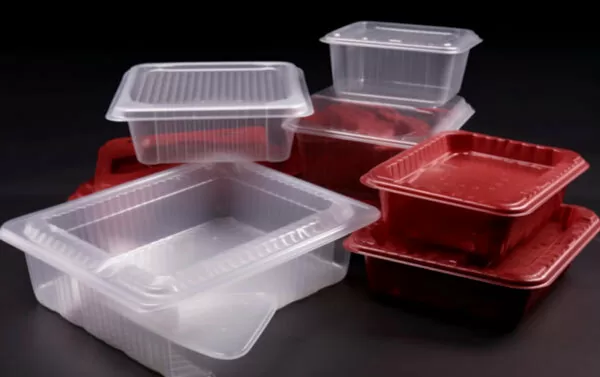
5. Automation Benefits
By maintaining precise control over the forming process, automation can be instrumental in preventing webbing. Automated systems are able to handle parameters such as heating, vacuum pressure and mold movement with consistent accuracy, reducing the chance of human error contributing to webbing.
6. Training and Collaboration
Investing in team training is key. Encourage a collaborative environment that welcomes everyone’s unique perspectives. Often, the best solutions are discovered through a combination of theoretical knowledge and practical experience.

Conclusion
The problem of webbing in pressure forming cannot be solved with a single answer. The solution demands deep knowledge of the process, materials, and machinery involved in vacuum forming – plus an openness to trying different methods for prevention.
To reduce the likelihood of webbing and guarantee top-notch quality and performance in your vacuum-formed products, make sure to take on board all the actions described below and also stay vigilant for any webbing risks that might crop up.

Keep in mind that fighting webbing is an ongoing battle. Lean Manufacturing and Six Sigma are continuous improvement tactics that may offer valuable new ways to combat it. With perseverance and expertise on your side, you’ll be able to keep the pesky issue of webbing at bay – ensuring vacuum-formed products look perfect each and every time!
To prevent webbing or unwanted wrinkles when thermoforming, a few things need careful thought. One is simply having too much material: measure accurately and adjust as needed. Use steel blades to trim (so you cut off all the stuff you don’t want), and consider using something called a plug assist to get the stuff you do want where it needs to be. Also, make sure your clamping frame and frame attached doesn’t move during forming by securing it properly – this is important! Attach it firmly to the female mold. Place angled blocks so they relieve tension points that could cause wrinkling or other issues in your finished product. Do all these things correctly, and chances are good that you won’t see any webbing when your project comes out of its mold.



